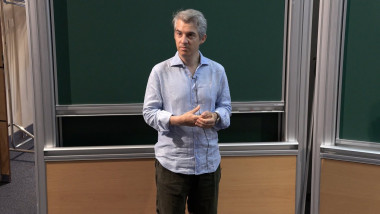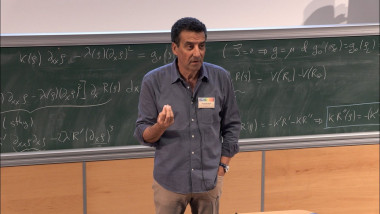Appears in collection : 2016 - T1 - WS5 - Secrecy and privacy theme
As information about individuals and enterprises moves to an entirely digital medium, keeping certain aspects of the data confidential (even) from the legitimate data users, i. e. , information privacy, is becoming an important and immediate societal problem. While the benefits (utility) of electronic data are multi-fold, there is a need to provide precise guarantees and limits on the private data leaked and quantify the tradeoff between utility and privacy, irrespective of the application. In this talk, we introduce an information-theoretic (IT) framework to formulate and study the utility-privacy tradeoff problem. We illustrate the application of the framework to three broad classes of privacy problems: (i) database privacy in which the privacy of the individuals in the database has to be preserved while ensuring statistical utility of the data; (ii) consumer privacy in which we bound the inferences possible from streaming time-series data used to remotely monitoring consumers; and (iii) competitive (interactive) privacy in which distributed agents (with possibly competing interests) seek to exchange data minimally for a desired system performance while preserving the confidentiality/privacy of specific aspects of their data – for this interactive setting, we also present a composition rule. Finally, we compare the utility-privacy performance of IT-privacy with the worst-case privacy guarantees offered by differential privacy for a data set whose statistics are not precisely known but restricted to a class of distributions and for a utility constraint quantified by Hamming distortion.
















